Accept all cookies Accept only essential cookies See our Cookie Notice

About ESA
The European Space Agency (ESA) is Europe’s gateway to space. Its mission is to shape the development of Europe’s space capability and ensure that investment in space continues to deliver benefits to the citizens of Europe and the world.
Highlights
ESA - United space in Europe
This is ESA ESA facts Member States & Cooperating States Funding Director General Top management For Member State Delegations European vision European Space Policy ESA & EU Space Councils Responsibility & Sustainability Annual Report Calendar of meetings Corporate newsEstablishments & sites
ESA Headquarters ESA ESTEC ESA ESOC ESA ESRIN ESA EAC ESA ESAC Europe's Spaceport ESA ESEC ESA ECSAT Brussels Office Washington OfficeWorking with ESA
Business with ESA ESA Commercialisation Gateway Law at ESA Careers Cyber resilience at ESA IT at ESA Newsroom Partnerships Merchandising Licence Education Open Space Innovation Platform Integrity and Reporting Administrative Tribunal Health and SafetyMore about ESA
History ESA Historical Archives Exhibitions Publications Art & Culture ESA Merchandise Kids Diversity ESA Brand Centre ESA ChampionsLatest
Space in Member States
Find out more about space activities in our 23 Member States, and understand how ESA works together with their national agencies, institutions and organisations.
Science & Exploration
Exploring our Solar System and unlocking the secrets of the Universe
Go to topicAstronauts
Missions
Juice Euclid Webb Solar Orbiter BepiColombo Gaia ExoMars Cheops Exoplanet missions More missionsActivities
International Space Station Orion service module Gateway Concordia Caves & Pangaea BenefitsLatest
Space Safety
Protecting life and infrastructure on Earth and in orbit
Go to topicAsteroids
Asteroids and Planetary Defence Asteroid danger explained Flyeye telescope: asteroid detection Hera mission: asteroid deflection Near-Earth Object Coordination CentreSpace junk
About space debris Space debris by the numbers Space Environment Report In space refuelling, refurbishing and removingSafety from space
Clean Space ecodesign Zero Debris Technologies Space for Earth Supporting Sustainable DevelopmentLatest
Applications
Using space to benefit citizens and meet future challenges on Earth
Go to topicObserving the Earth
Observing the Earth Future EO Copernicus Meteorology Space for our climate Satellite missionsCommercialisation
ESA Commercialisation Gateway Open Space Innovation Platform Business Incubation ESA Space SolutionsLatest
Enabling & Support
Making space accessible and developing the technologies for the future
Go to topicBuilding missions
Space Engineering and Technology Test centre Laboratories Concurrent Design Facility Preparing for the future Shaping the Future Discovery and Preparation Advanced Concepts TeamSpace transportation
Space Transportation Ariane Vega Space Rider Future space transportation Boost! Europe's Spaceport Launches from Europe's Spaceport from 2012Latest
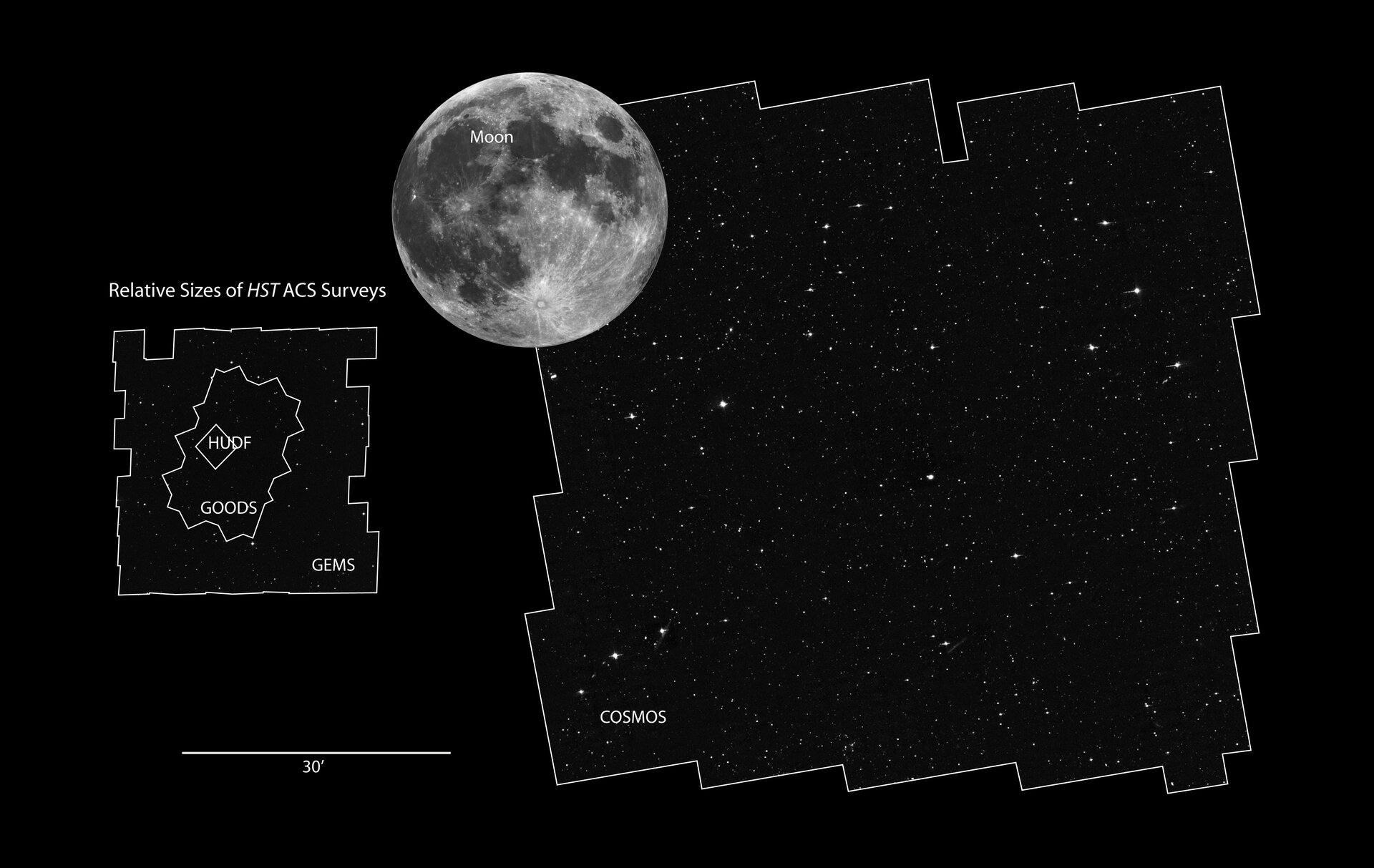
Sky surveys
Thank you for liking
You have already liked this page, you can only like it once!
The Hubble Space Telescope has a narrow field of view, which is only a fraction of the angular diameter of the Moon. Certain research programs have devoted a substantial amount of Hubble observing time to survey comparatively larger areas of sky to address a wide range of galaxy evolution and cosmological questions. This is accomplished by assembling mosaic images taken with Hubble’s cameras. These surveys constrain the star formation history of the universe, probing the faintest galaxies and tracking the origin, structure, and merger history of galaxies as they evolve.
[Right] – COSMOS. The Cosmological Evolution Survey (COSMOS) is the largest Hubble mosaic of the sky. It covers two square degrees of sky. By comparison, the Earth’s moon is one-half degree across. The survey detected over 2 million galaxies spanning 75 percent of the age of the Universe. The field is being imaged by most major space-based and ground-based telescopes.
[Left] - Several survey fields are shown for comparison.
GEMS
Galaxy Evolution from Morphology and Spectral Energy Distributions (GEMS) imaged an area of 900 square minutes of arc on the sky with the Hubble Space Telescope’s Advanced Camera for Surveys. This contiguous field is centred on the Chandra Deep Field South, a deep X-ray telescope survey of the universe. GEMS contains roughly 10,000 galaxies down to a depth of 24th magnitude.
GOODS
The Great Observatories Origins Deep Survey (GOODS) unites extremely deep observations from Hubble with NASA's other space observatories (the Spitzer Space Telescope and the Chandra X-ray Observatory, and the XMM-Newton telescope), as well as observations by the most powerful ground-based telescopes. GOODS covers a total of roughly 320 square arc minutes.
HUDF
The Hubble Ultra Deep Field is humankind’s farthest view into to the Universe in visible light, uncovering several thousand galaxies down to 31st magnitude. The field of view is one Hubble Advanced Camera for Surveys wide field frame.
-
CREDIT
NASA, ESA and Z. Levay (STScI) -
LICENCE
ESA Standard Licence
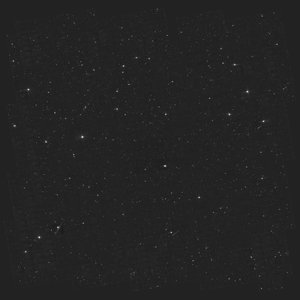
The Hubble full COSMOS survey field
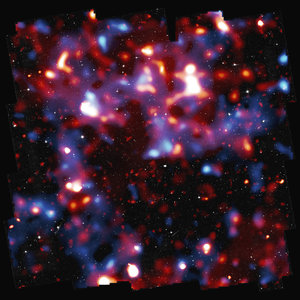
Hubble COSMOS survey
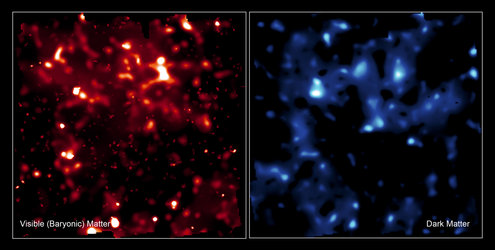
Comparison of normal matter and dark matter’s large…

The Hubble Ultra Deep Field
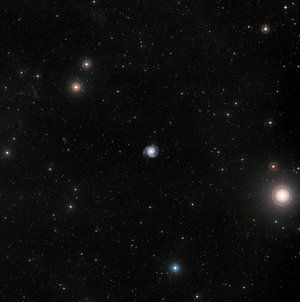














 Germany
Germany
 Austria
Austria
 Belgium
Belgium
 Denmark
Denmark
 Spain
Spain
 Estonia
Estonia
 Finland
Finland
 France
France
 Greece
Greece
 Hungary
Hungary
 Ireland
Ireland
 Italy
Italy
 Luxembourg
Luxembourg
 Norway
Norway
 The Netherlands
The Netherlands
 Poland
Poland
 Portugal
Portugal
 Czechia
Czechia
 Romania
Romania
 United Kingdom
United Kingdom
 Slovenia
Slovenia
 Sweden
Sweden
 Switzerland
Switzerland
























